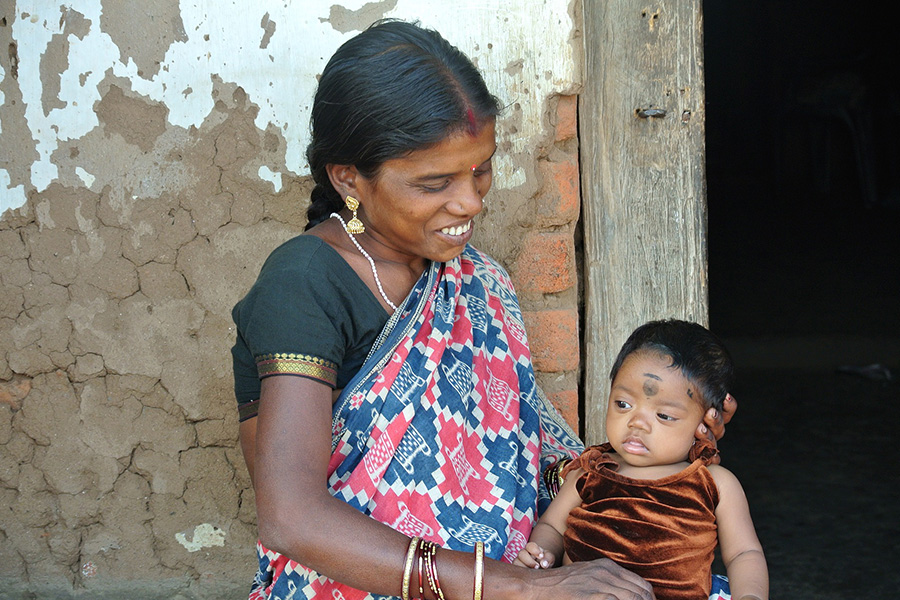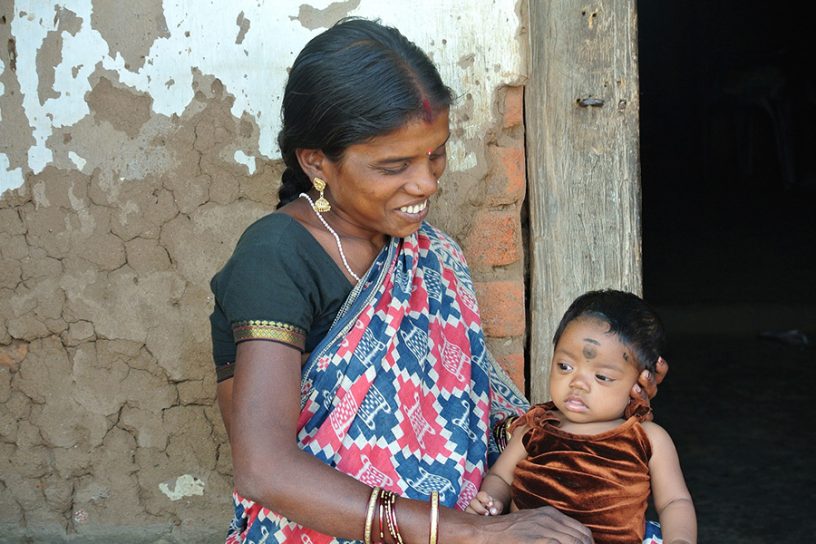
Nutrition-sensitive agriculture videos with participatory learning and action can increase both maternal and child dietary diversity and have the lowest cost per unit increase in diet diversity, says this study.
Authors
Sneha Krishnan, Associate Professor, Jindal School of Environment and Sustainability, O.P. Jindal Global University; ETCH Consultancy Services, Mumbai, Maharashtra, India.
Hassan Haghparast-Bidgoli, University College London, Institute for Global Health, London, United Kingdom.
Helen Harris-Fry, London School of Hygiene & Tropical Medicine, London, United Kingdom.
Abhinav Kumar, Digital Green, New Delhi, India.
Ronali Pradhan, Digital Green, New Delhi, India.
Naba Kishore Mishra, Voluntary Association for Rural Reconstruction and Appropriate Technology (VARRAT), Kendrapada, Odisha, India.
Shibananth Padhan, Voluntary Association for Rural Reconstruction and Appropriate Technology (VARRAT), Kendrapada, Odisha, India.
Amit Kumar Ojha, Ekjut, Chakradharpur, Jharkhand, India.
Sailendra Narayan Mishra, Voluntary Association for Rural Reconstruction and Appropriate Technology (VARRAT), Kendrapada, Odisha, India.
Emily Fivian, London School of Hygiene & Tropical Medicine, London, United Kingdom.
Philip James, London School of Hygiene & Tropical Medicine, London, United Kingdom.
Philip James, London School of Hygiene & Tropical Medicine, London, United Kingdom.
Sarah Ferguson, Devoted Health, Waltham, MA, USA.
Meghan O’Hearn, Tufts University Friedman School of Nutrition Science and Policy, Boston, MA, USA.
Tom Palmer, University College London, Institute for Global Health, London, United Kingdom.
Peggy Koniz-Booher, SI Research & Training Institute, Inc. Arlington, VA, USA.
Heather Danton, SI Research & Training Institute, Inc. Arlington, VA, USA.
Sandee Minovi, SI Research & Training Institute, Inc. Arlington, VA, USA.
Satyanarayan Mohanty, DCOR Consulting Pvt. Ltd. Bhubaneshwar, India.
Shibanand Rath, Ekjut, Chakradharpur, Jharkhand, India.
Suchitra Rath, Ekjut, Chakradharpur, Jharkhand, India.
Nirmala Nair, Ekjut, Chakradharpur, Jharkhand, India.
Prasanta Tripathy, Ekjut, Chakradharpur, Jharkhand, India.
Audrey Prost, University College London, Institute for Global Health, London, United Kingdom.
Elizabeth Allen, London School of Hygiene & Tropical Medicine, London, United Kingdom.
Jolene Skordis, University College London, Institute for Global Health, London, United Kingdom.
Suneetha Kadiyala, London School of Hygiene & Tropical Medicine, London, United Kingdom.
Summary
Economic evaluations of nutrition-sensitive agriculture (NSA) interventions are scarce, limiting assessment of their potential affordability and scalability.
Objectives
We conducted cost–consequence analyses of 3 participatory video-based interventions of fortnightly women’s group meetings using the following platforms: 1) NSA videos; 2) NSA and nutrition-specific videos; or 3) NSA videos with a nutrition-specific participatory learning and action (PLA) cycle.
Methods
Interventions were tested in a 32-mo, 4-arm cluster-randomized controlled trial, Upscaling Participatory Action and Videos for Agriculture and Nutrition (UPAVAN) in the Keonjhar district, Odisha, India. Impacts were evaluated in children aged 0–23 mo and their mothers. We estimated program costs using data collected prospectively from expenditure records of implementing and technical partners and societal costs using expenditure assessment data collected from households with a child aged 0–23 mo and key informant interviews. Costs were adjusted for inflation, discounted, and converted to 2019 US$.
Results
Total program costs of each intervention ranged from US$272,121 to US$386,907. Program costs per pregnant woman or mother of a child aged 0–23 mo were US$62 for NSA videos, US$84 for NSA and nutrition-specific videos, and US$78 for NSA videos with PLA (societal costs: US$125, US$143, and US$122, respectively). Substantial shares of total costs were attributable to development and delivery of the videos and PLA (52–69%) and quality assurance (25–41%). Relative to control, minimum dietary diversity was higher in the children who underwent the interventions incorporating nutrition-specific videos and PLA (adjusted RRs: 1.19 and 1.27; 95% CIs: 1.03–1.37 and 1.11, 1.46, respectively). Relative to control, minimum dietary diversity in mothers was higher in those who underwent NSA video (1.21 [1.01, 1.45]) and NSA with PLA (1.30 [1.10, 1.53]) interventions.
Conclusion
NSA videos with PLA can increase both maternal and child dietary diversity and have the lowest cost per unit increase in diet diversity. Building on investments made in developing UPAVAN, cost-efficiency at scale could be increased with less intensive monitoring, reduced startup costs, and integration within existing government programs. This trial was registered at clinicaltrials.gov as ISRCTN65922679.
Published in: The Journal of Nutrition
To read the full article, please click here.


